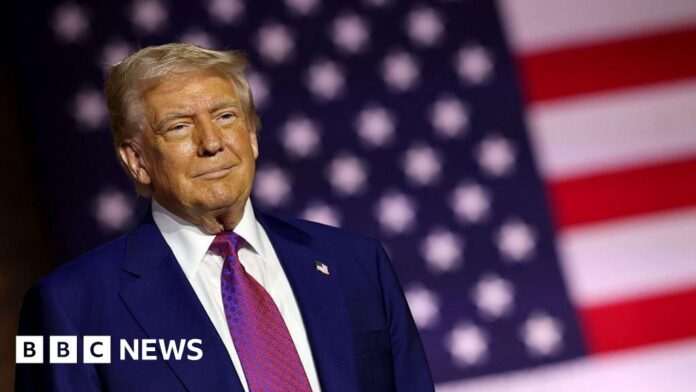The resumption of the global trade war by Donald Trump comes after a period of relative calm.
But the US president’s threat of a 50% tariff on all goods from the European Union in a week’s time suggests the trade war tensions were merely on hold.
They have now resumed in earnest, alongside market uncertainty, and social media diplomacy.
It indicates significant volatility in the coming weeks, ahead of a crucial G7 summit in Canada next month.
The crux of what is happening right now is that after the US opted to row back on its trade-stopping tariff conflict with China, most of the rest of the world, especially key US allies, slowed up on their own negotiations with the US. Allies would not expect to be treated worse by the US than China.
Friday’s intervention by President Trump is much worse that what was considered the worst-case scenario – a 20% tariff rate on the EU in early July at the end of the 90-day pause.
As his Treasury Secretary Scott Bessent openly admitted, these threats are designed to “light a fire” under such stalled talks.
Many in the EU, and other countries such as Japan, believe the US administration is bluffing, and that it backed down against China in the face of rising inflation and market volatility, and will inevitably do so again.
So the scene is now set for an impasse or perhaps the EU to reinstate its own paused retaliation, while the rest of the world, apart from China and the UK, watches on.
The UK’s trade deals with both sides insulate the British economy to some extent, but full resumption of a transatlantic tariff war would cause a trade shock that would be difficult to escape.



